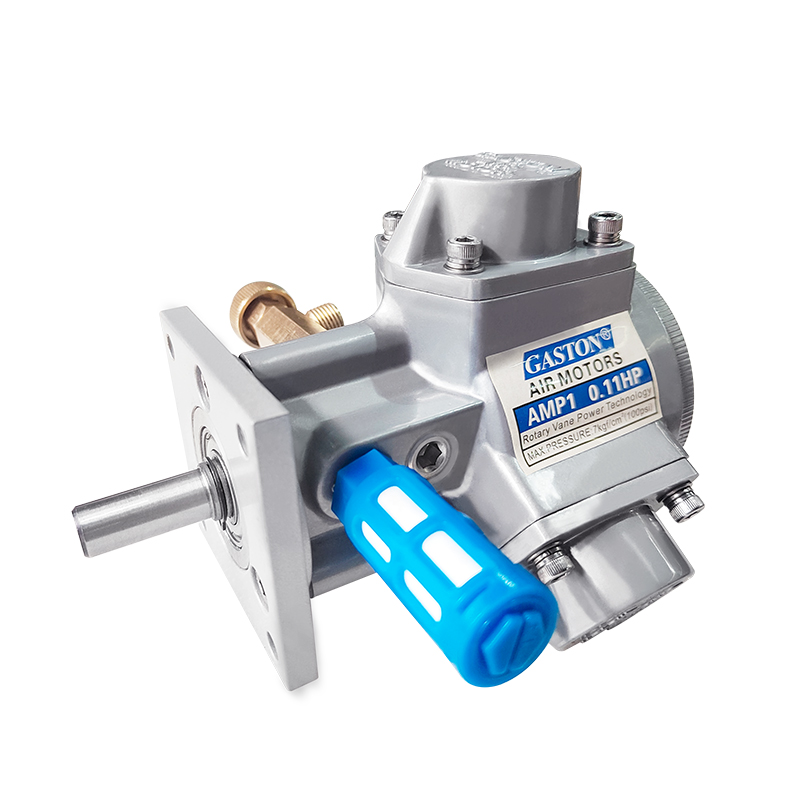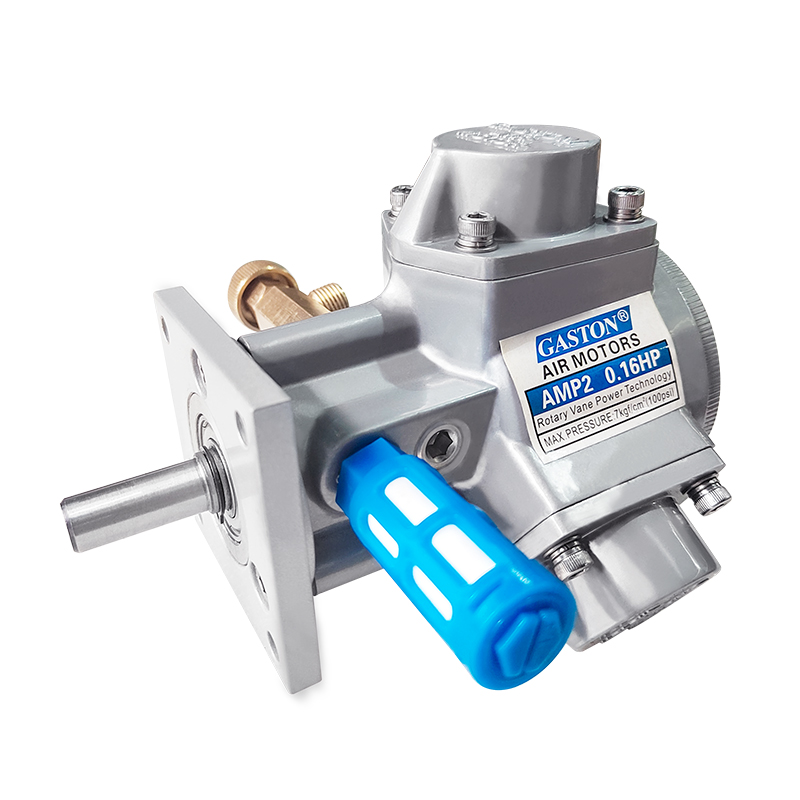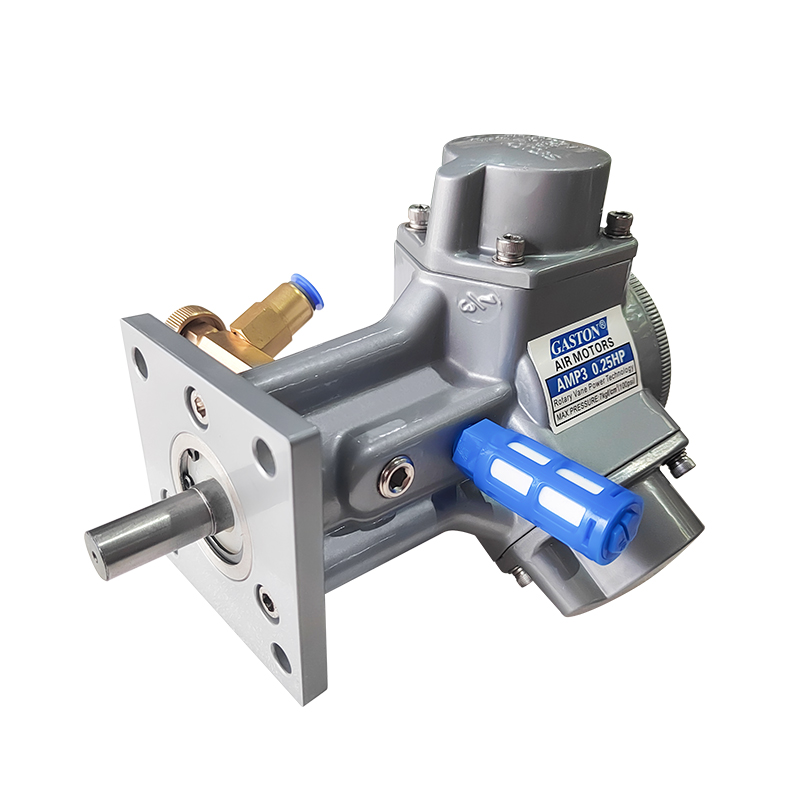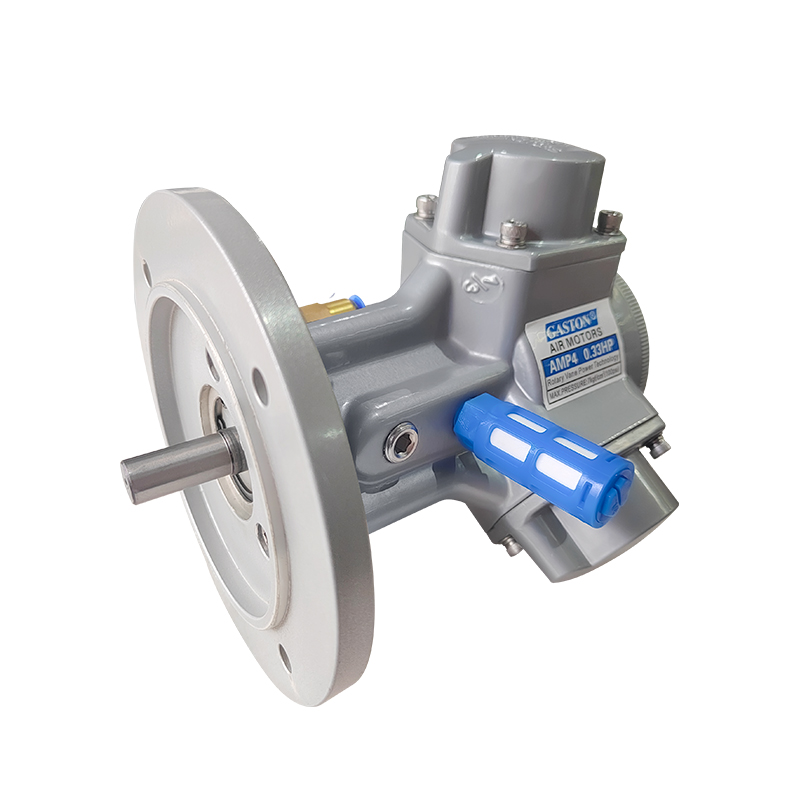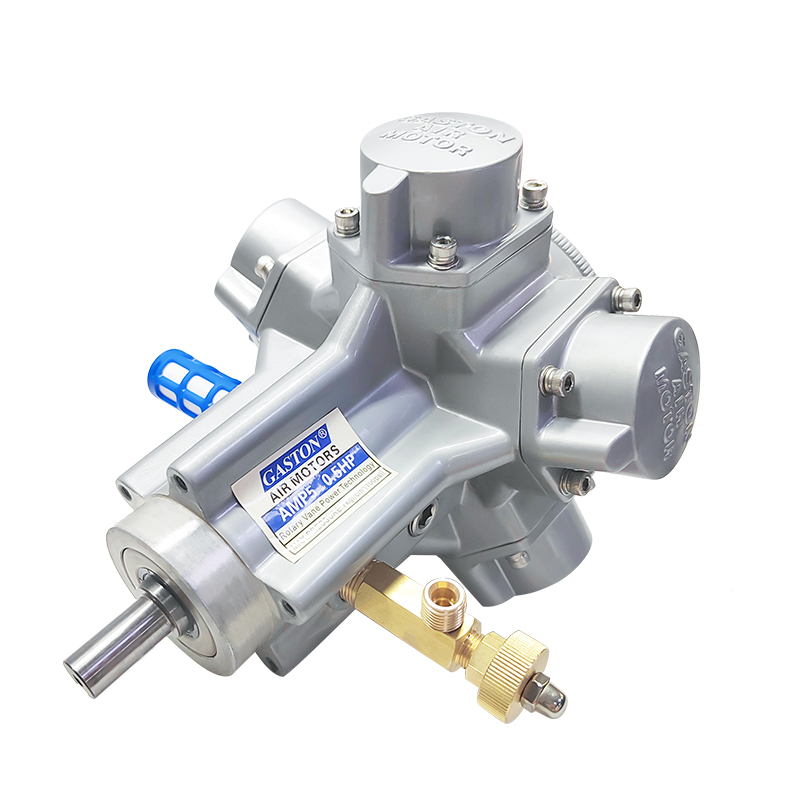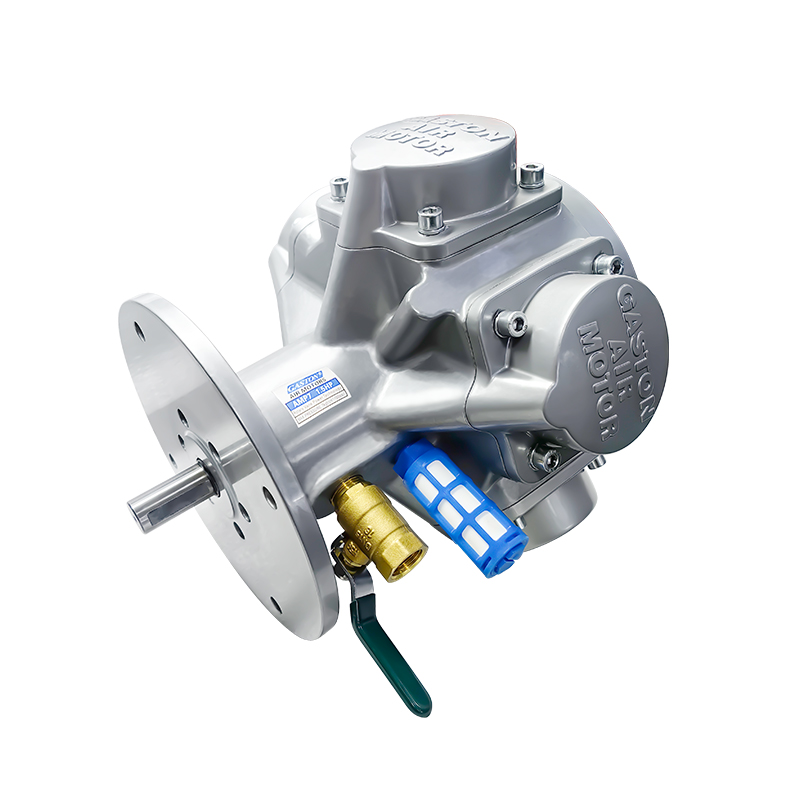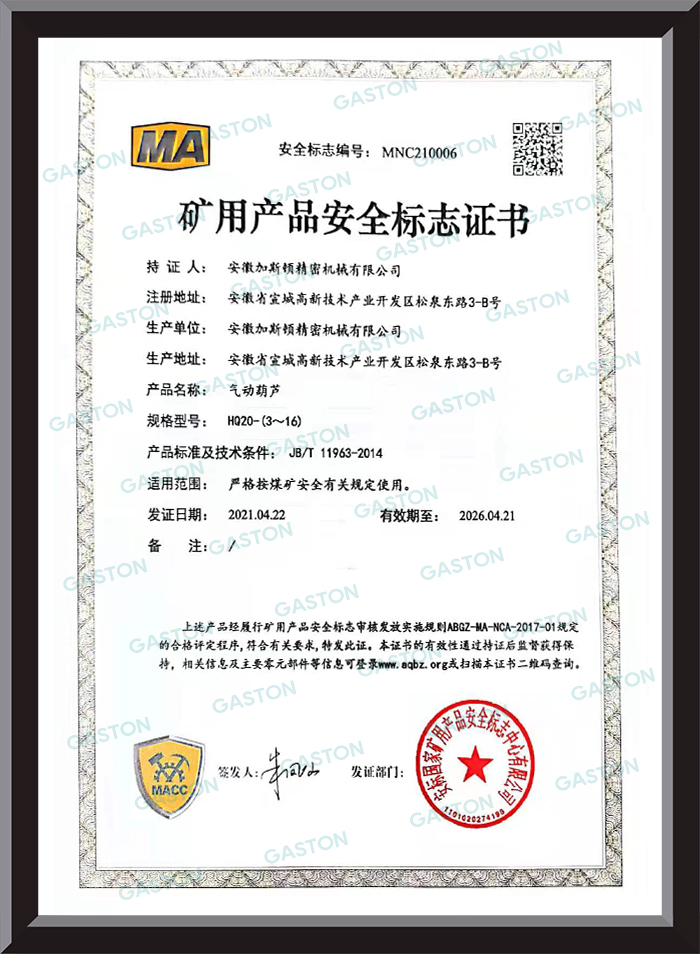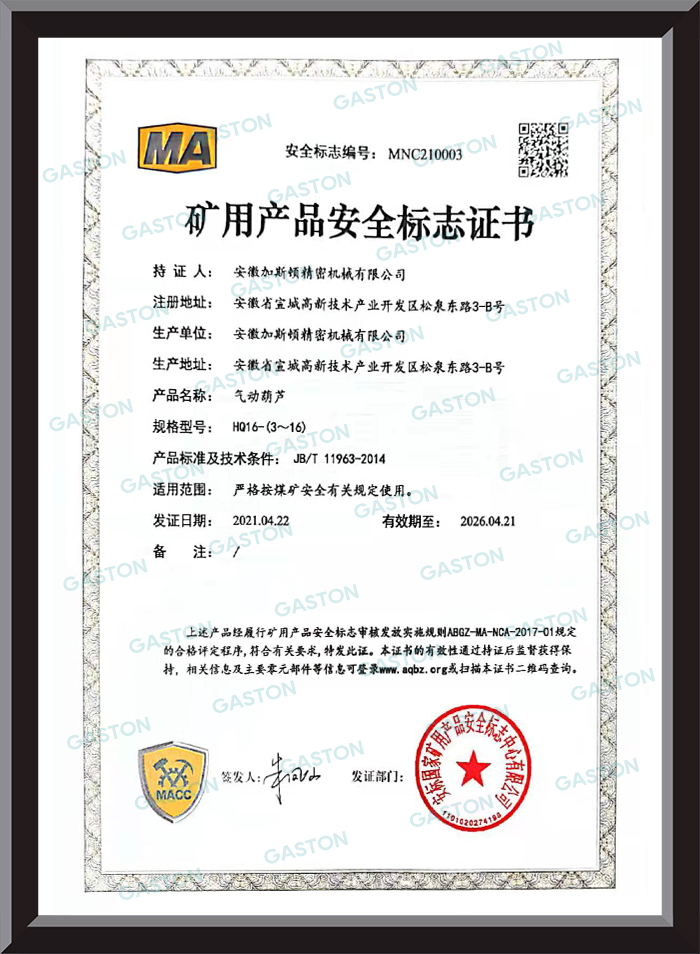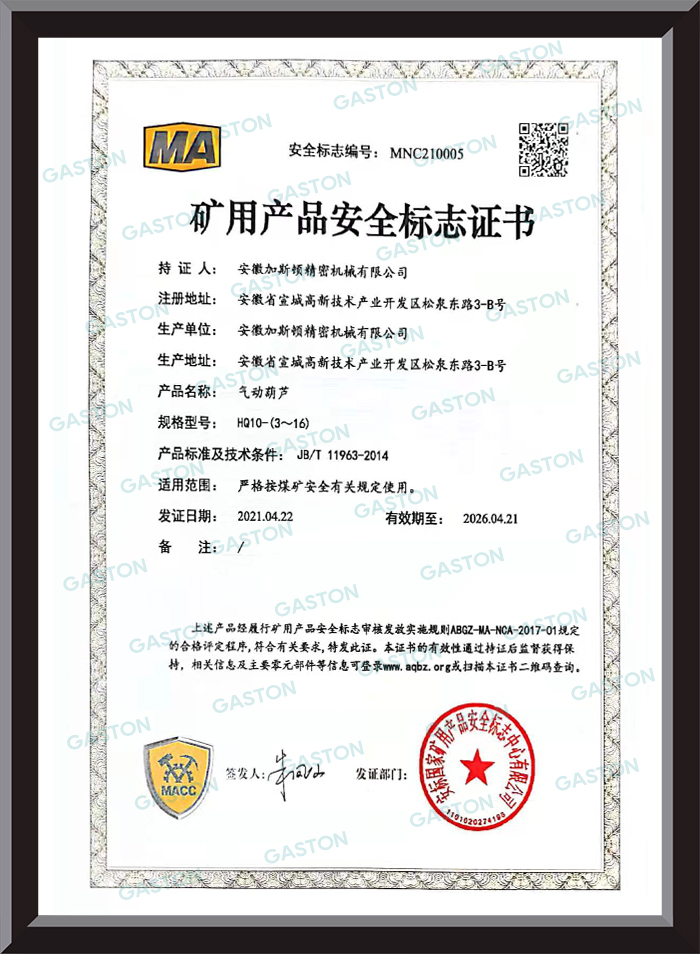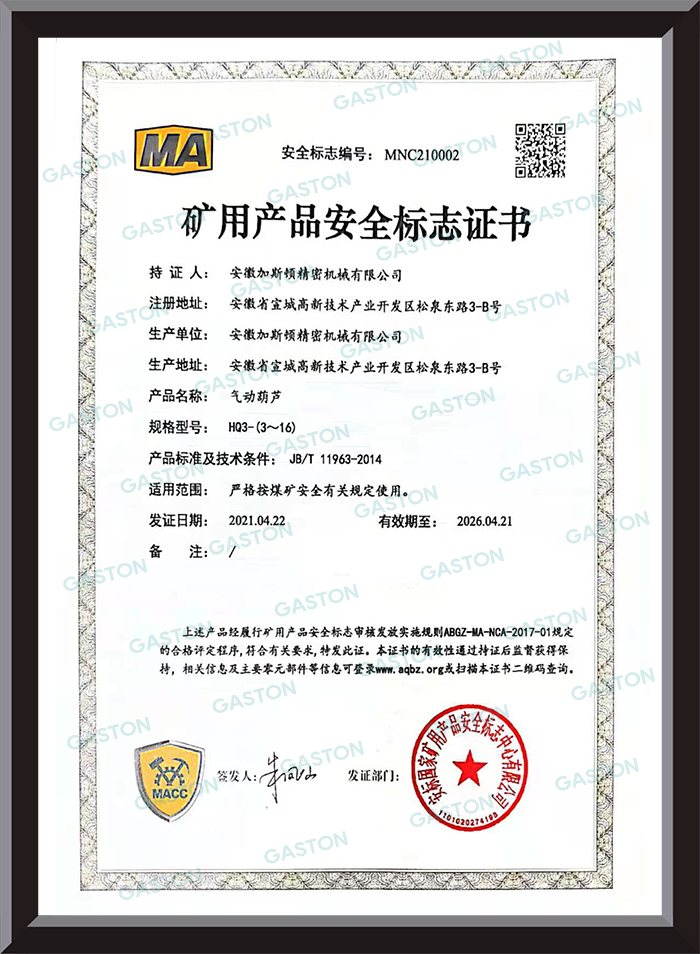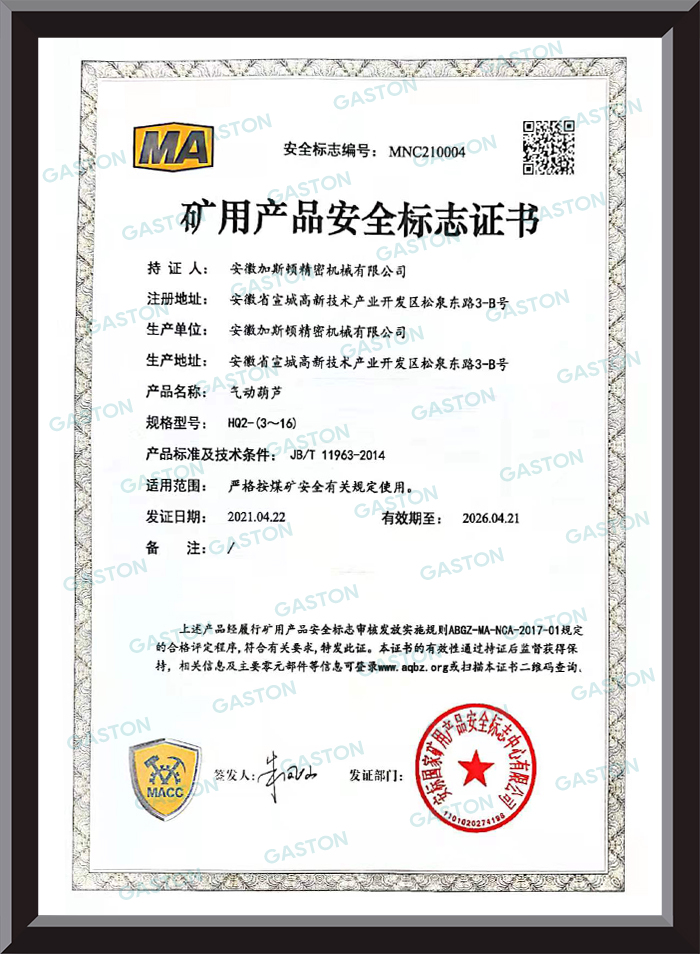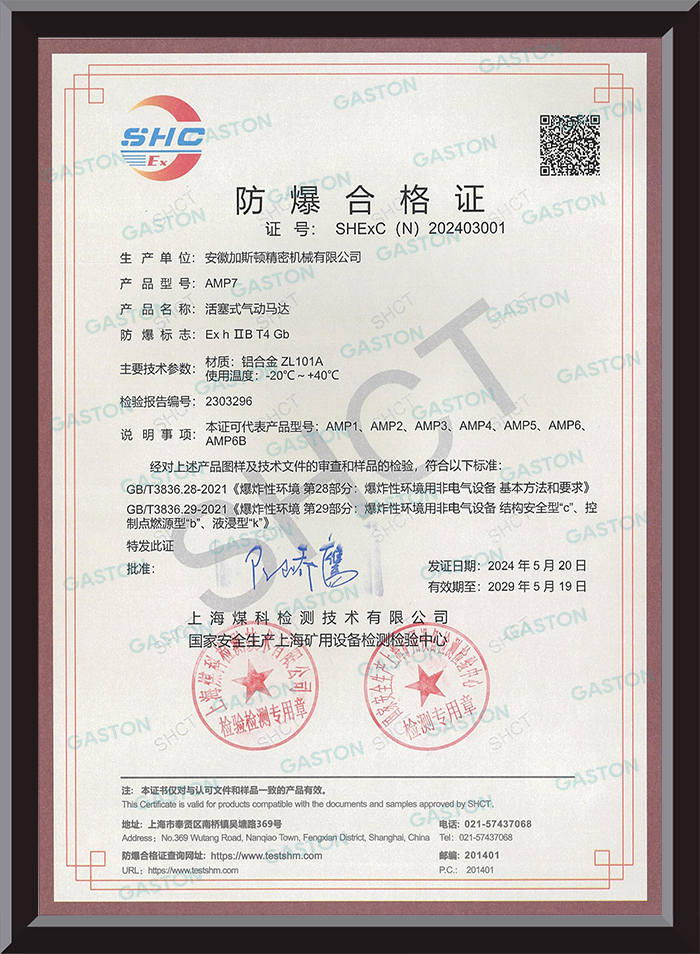Submit feedback
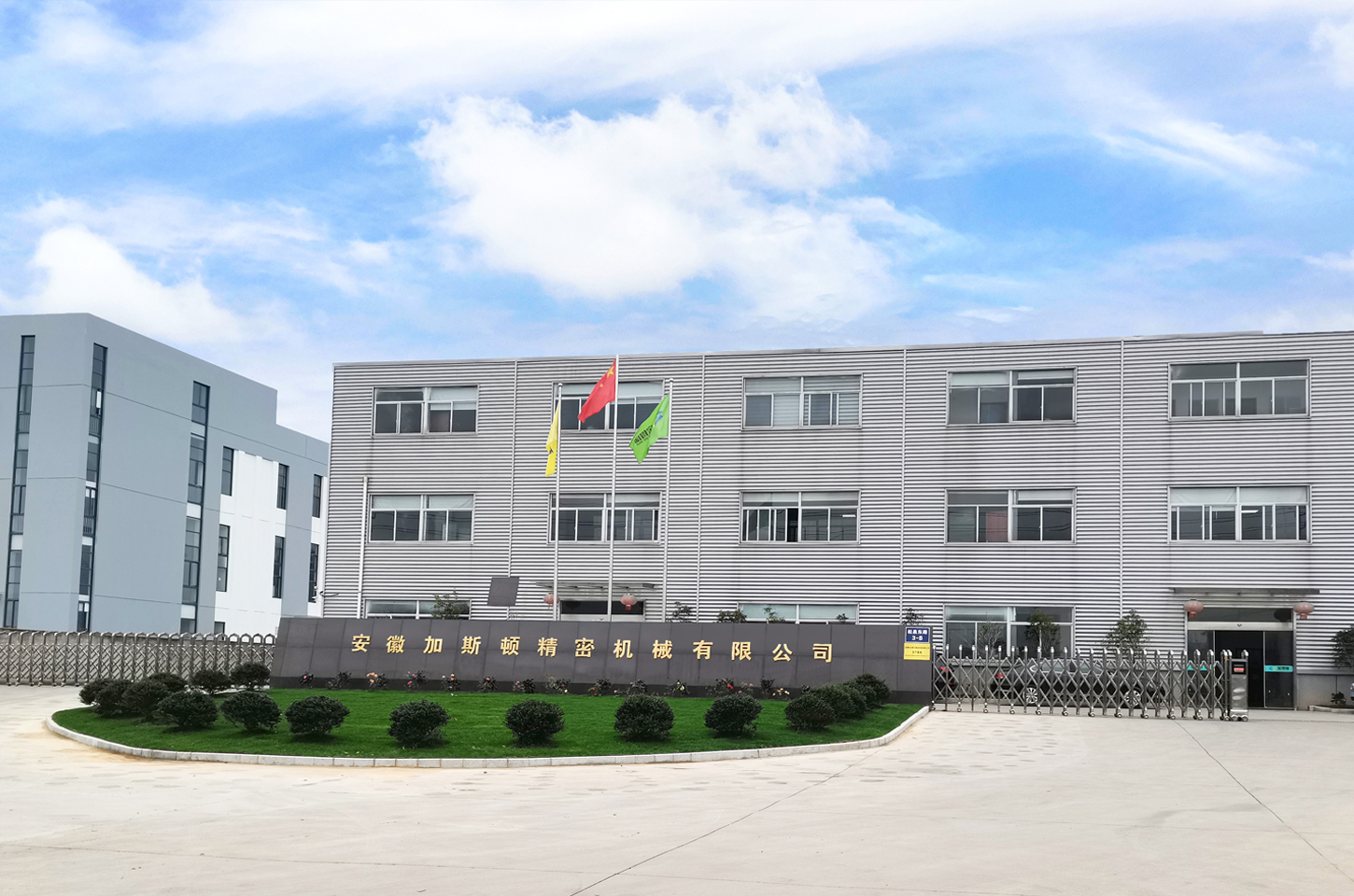
About Us
The company has been committed to product innovation for many years, focusing on the updating and upgrading of pneumatic motors. With fine concepts and continuous investment, it has created a creative design team and has designed multiple innovative pneumatic products. Currently, it has independent intellectual property rights and has obtained more than 30 product patents.
The company's main products include pneumatic motors and a series of products such as pneumatic hoists, pneumatic winches, pneumatic mixers, pneumatic emulsifiers, pneumatic explosion-proof pumps, pneumatic mixers, pneumatic fans, and industrial automation equipment pneumatic control system engineering developed based on specific production needs.
The company strictly follows the ISO9001 quality management system for product design, production, assembly, and testing. With the efforts of all employees, the company has passed the ISO9001 international quality system certification. Through strict procedures and high standards of auditing, the company has successfully passed the recognition of a "national high-tech enterprise". Gaston Company is gradually moving towards internationalization with its own strength and a global perspective.
Users with different needs will always be the coordinates we strive for and the driving force for constantly surpassing ourselves and striving for innovation! Gaston Company looks forward to sincere cooperation with friends from all walks of life at home and abroad to create brilliance together!
Honor Certificate
Latest News
-
Industry News 2025-09-22
With the advancement of industrial automation technology, pneumatic pumps, as an efficient and relia...
View More -
Industry News 2025-09-15
In modern industry, pneumatic industrial fans have become indispensable equipment in many sectors du...
View More -
Industry News 2025-09-08
In modern industrial production systems, the performance of power units directly determines the effi...
View More -
Industry News 2025-09-01
In modern industry, the choice of power transmission equipment directly impacts production efficienc...
View More -
Industry News 2025-08-22
In the vast arena of modern industrial production, lifting equipment is an indispensable "behind-the...
View More
Contact Us Now
Piston Pneumatic Motor Industry knowledge
How to improve the utilization efficiency of compressed air in piston air motors to reduce energy waste and improve overall performance?
Anhui Gaston Precision Machinery Co., Ltd., with its advanced large-scale four-axis machining center, not only demonstrates excellent processing capabilities and high-precision manufacturing capabilities, but also passed the authoritative certification of "National High-tech Enterprise", further consolidating its position in the industry leading position within. For the piston pneumatic motor, a highly efficient power device, the company makes full use of its technical advantages and is committed to improving the utilization efficiency of compressed air to reduce energy waste and significantly improve overall performance.
Strategies to Improve Compressed Air Utilization Efficiency
Optimize pneumatic system design:
Anhui Gaston Precision Machinery Co., Ltd. uses its precision machining capabilities to conduct refined design and optimization of the airway structure of the piston air motor. By reducing air flow resistance and optimizing the air flow path, the compressed air can flow smoothly inside the motor, reducing energy loss and thereby improving utilization efficiency.
Use high-efficiency and energy-saving materials:
During the manufacturing process, the company selects materials with high performance and low friction coefficient for key components such as pistons and cylinders to reduce heat and energy loss due to friction. At the same time, these materials also have good wear resistance, extending the service life of the equipment and indirectly reducing maintenance costs.
Precisely control air source parameters:
Combined with the precision control capabilities of the four-axis machining center, the company developed a control system that can accurately adjust the air source pressure and flow. By monitoring and adjusting air source parameters in real time, it is ensured that the piston pneumatic motor can achieve the best working condition under different working conditions, which not only avoids energy waste, but also improves work efficiency.
Introducing intelligent adjustment technology:
Using modern intelligent control technology, the company has developed an intelligent adjustment system that can automatically adjust the air intake volume according to load changes. The system can sense load demand in real time and dynamically adjust the air intake volume to ensure that the motor provides sufficient power while minimizing unnecessary energy consumption.
Enhanced cooling and heat dissipation design:
In view of the heat that may be generated by the pneumatic motor during operation, the company has strengthened the cooling and heat dissipation design. By optimizing the heat dissipation structure, increasing the heat dissipation area, and using efficient heat dissipation materials, we can effectively reduce the body temperature and reduce energy loss and performance degradation caused by high temperatures.
Regular maintenance and professional training:
The company provides a comprehensive after-sales service system, including regular equipment maintenance inspections and professional training for operators. Through regular maintenance, ensure that the pneumatic motor is always in good working condition; through professional training, operators can improve their understanding and operation level of the equipment, thereby making more effective use of compressed air resources.
How can design and material selection be optimized to extend the service life of piston air motors?
Anhui Gaston Precision Machinery Co., Ltd., as a leader in the field of pneumatic equipment, we know the importance of providing customers with efficient, safe and durable pneumatic solutions. For the core product of piston pneumatic motors, we not only inherit many of its inherent advantages, such as using compressed air as the power source to achieve explosion-proof and non-static spark safety performance, as well as features such as stepless speed regulation and no overload danger. We have also made great efforts in optimizing design and material selection to significantly extend the service life of the product.
Optimize design strategy
Precision structural design: We use advanced computer-aided design (CAD) and finite element analysis (FEA) technology to accurately calculate and simulate the internal structure of the piston air motor to ensure that each component can maintain optimal performance under high-speed operation. The mechanical balance reduces wear and vibration, thereby extending the overall service life.
Efficient heat dissipation system: In response to the heat accumulation problem that may be generated by pneumatic motors under high-intensity work, we have designed efficient heat dissipation channels and cooling mechanisms to ensure that the motor can maintain an appropriate temperature even when working continuously at full load and avoid problems caused by overheating. Reduced performance or damage.
Wear-resistant material coating: We apply advanced wear-resistant coating technology to key friction parts, such as between the piston and the cylinder wall, such as tungsten carbide, ceramic coating, etc. These materials have extremely high hardness and wear resistance. It can significantly reduce friction loss and extend the service life of components.
Modular design: In order to facilitate maintenance and upgrades, we adopt a modular design concept so that each component of the motor can be replaced or upgraded independently, which not only reduces maintenance costs, but also improves repair efficiency and extends the service cycle of the overall system.
Material selection principles
High-strength alloy materials: Key load-bearing components such as the cylinder block and crankshaft are made of high-strength alloy materials. These materials have excellent mechanical properties and fatigue resistance and can withstand the impact and stress caused by high pressure and high-speed operation.
Corrosion-resistant materials: Considering that pneumatic motors may work in different environments, we specially choose corrosion-resistant materials to make seals and parts that contact compressed air, such as stainless steel, fluororubber, etc., to prevent air leakage or failure due to corrosion.
Lightweight and high-strength composite materials: Without affecting the structural strength, we use lightweight and high-strength composite materials as much as possible to replace traditional materials, such as carbon fiber, aluminum alloy, etc., to reduce the overall weight of the motor, improve operating efficiency, and indirectly extend the service life.


 English
English русский
русский Français
Français Español
Español 中文简体
中文简体 عربى
عربى

